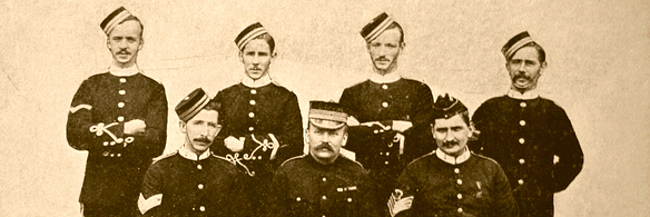Topic: Leadership

A Review
'On the Psychology of Military Incompetence'
A Sandhurst Guide, Pilot version, Easter 2012
 Norman Dixon's book looks at incompetence in military leaders throughout history and considers whether, rather than being random occurrences, they are, in fact, a result of the military system. In particular he considers whether people with certain psychological characteristics are drawn to a military career, and whether the military insulates and exacerbates these characteristics in them.
Norman Dixon's book looks at incompetence in military leaders throughout history and considers whether, rather than being random occurrences, they are, in fact, a result of the military system. In particular he considers whether people with certain psychological characteristics are drawn to a military career, and whether the military insulates and exacerbates these characteristics in them.
Some might feel that Dixon's study has little relevance to the British military of today, with much of his evidence drawn from the characters and experience of the late-Victorian and Edwardian army. He bases many of his hypotheses on the mostly public school background of military offi cers, theories that perhaps require revision in an age when the demographic of offi cer candidates is considerably broader. Modern military readers might also struggle to relate to Dixon's fascination with the issue of toilet-training and its infl uence on character, as well as his perception of military men inevitably being the progeny of distant, disciplinarian parents and affection-starved childhoods.
If one persists, there is much in Dixon's book that remains applicable to the British military today. Most military readers are likely to fi nd something of themselves in his examples. His assertion that the institutional culture of the military breeds an intellectual conservatism, resulting in dangerous 'group-think', should serve as a warning to all military leaders. He also cautions against military leaders becoming so invested in their own plan that their mind fi lters information, accepting that which reinforces their perception of a situation, but discarding that which doesn't. Dixon draws attention to the military need for order and discipline, suggesting that this conditions military minds to comfortable certainties, despite disorder and uncertainty being the prevailing characteristics of the battlefi eld. He also argues that most military failures result not from being too bold, but from not being bold enough, and that the higher a military leader rises in rank the more they are motivated by fear of failure, rather than hope of success, resulting in a reduced willingness to take risks.
Dixon's book is also very useful in helping to understand how the culture, values, and ethos of British military leadership have emerged from a largely amateur tradition. He divides leaders into two broad types, task-specialists, concerned principally with output, and social specialists concerned principally with the maintenance of harmony and cohesion in a group. Dixon considers the phenomenon of how some of Britain's most incompetent military leaders were still loved by their men, despite leading them to slaughter. He concludes that, although poor task specialists, they were excellent social specialists, with reputations, often made as junior leaders, for being brave and caring. Principally, their incompetence resulted from being promoted beyond their capability.
Obviously, the ideal military leader is both a task and social specialist, and reading Dixon's book, the reader will no doubt see how much more output-related modern military leadership has become. Never-the-less the book challenges the reader to look at some of the cultural attitudes that do persist in our military today and ask if they are still relevant. Is it still important that our leaders are gentlemen, or have a 'sense of otherness'? Given the much improved educational standard of our soldiers, can we still assume that the leader is more knowledgeable than those he leads, and if not should this result in a less autocratic, and more cooperative style of leadership?
This is a challenging and informative book that should be read with an open mind. It highlights some uncomfortable truths about the military psychology and the dangers inherent in the military culture for decision-making and leadership, and provides useful warnings to be heeded from its negative historical examples.



 Whatever may be said of the "dry canteen" in the military camps of Canada—a country in which "dry" regulations, of not actually "dry" conditions, prevail—one need not be surprised to learn that the British military authorities have set aside the prohibition as applied for a few days in the camps of the Canadian forces now on Salisbury Plain. While in Canada and on the voyage across the Atlantic the troops were under the control of the Canadian Militia Department. When they were settled on their training grounds on Salisbury Plain, they ceased to be technically a Canadian force; they became part of the Imperial army organization, and subject in all things to the British Army regulations. Tommy Atkins, as the British soldier is commonly called, possesses certain rights and privileges, including the privilege of obtaining beer and spirits in moderate quantities, if he desires them. The wisdom of allowing these privileges to the soldiers has sometimes been called into question, but the result of every discussion has been that the army authorities have decided against prohibition. The British officials permit the use of spirits and beer, but they endeavor to prevent the abuse of them, and they take much pains to see that the articles supplied for the troops are pure and unadulterated. A recent issue of an English paper gives an account if the War Office arrangements for the supply of rum for the soldiers, which is of particular interest at this moment:
Whatever may be said of the "dry canteen" in the military camps of Canada—a country in which "dry" regulations, of not actually "dry" conditions, prevail—one need not be surprised to learn that the British military authorities have set aside the prohibition as applied for a few days in the camps of the Canadian forces now on Salisbury Plain. While in Canada and on the voyage across the Atlantic the troops were under the control of the Canadian Militia Department. When they were settled on their training grounds on Salisbury Plain, they ceased to be technically a Canadian force; they became part of the Imperial army organization, and subject in all things to the British Army regulations. Tommy Atkins, as the British soldier is commonly called, possesses certain rights and privileges, including the privilege of obtaining beer and spirits in moderate quantities, if he desires them. The wisdom of allowing these privileges to the soldiers has sometimes been called into question, but the result of every discussion has been that the army authorities have decided against prohibition. The British officials permit the use of spirits and beer, but they endeavor to prevent the abuse of them, and they take much pains to see that the articles supplied for the troops are pure and unadulterated. A recent issue of an English paper gives an account if the War Office arrangements for the supply of rum for the soldiers, which is of particular interest at this moment:

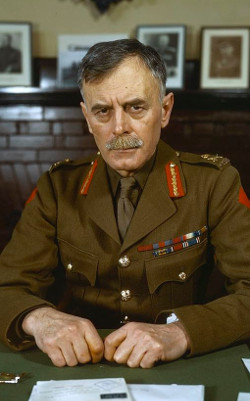 Modern weapons of war, as applicable in particular to the protection and support of infantry on the offensive, were discussed last night by
Modern weapons of war, as applicable in particular to the protection and support of infantry on the offensive, were discussed last night by 
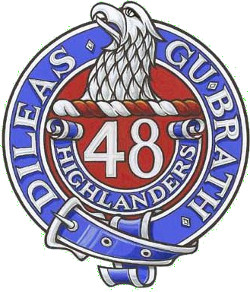 Toronto, December 18.—A case in which the Militia Act comes into conflict with trade unionism and the military is triumphant over the civil association is that of Parker against the Toronto Musical Protective Association, in which judgment was rendered today by Mr. Justice MacMahon. The plaintiff is a musician residing in Toronto, and an active militiaman, duly enrolled as a member of the
Toronto, December 18.—A case in which the Militia Act comes into conflict with trade unionism and the military is triumphant over the civil association is that of Parker against the Toronto Musical Protective Association, in which judgment was rendered today by Mr. Justice MacMahon. The plaintiff is a musician residing in Toronto, and an active militiaman, duly enrolled as a member of the 
 The occasion is the annual reunion of the survivors of the
The occasion is the annual reunion of the survivors of the 



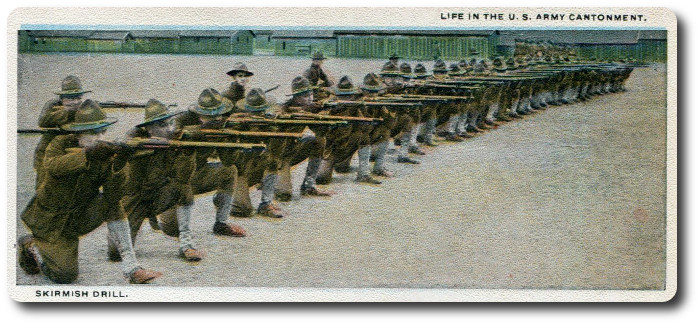
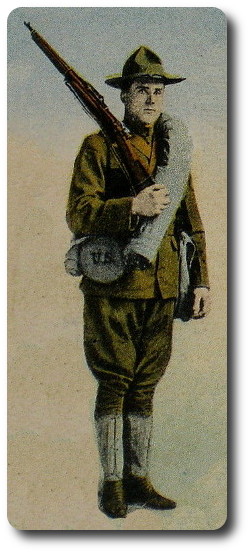 Toledo Blade, 6 July 1916
Toledo Blade, 6 July 1916

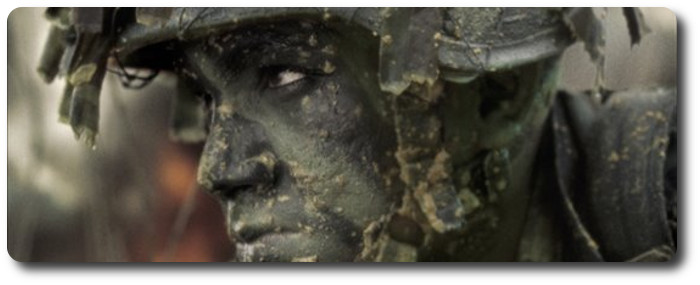








 Speaking of khaki,
Speaking of khaki, 



